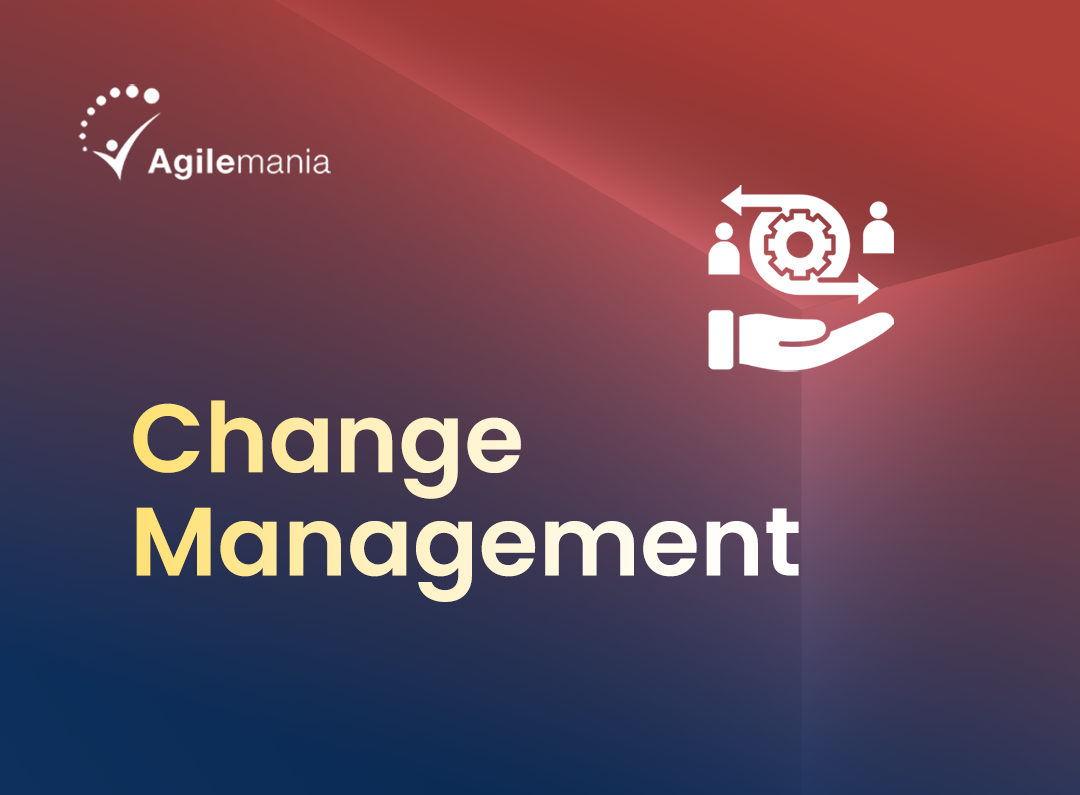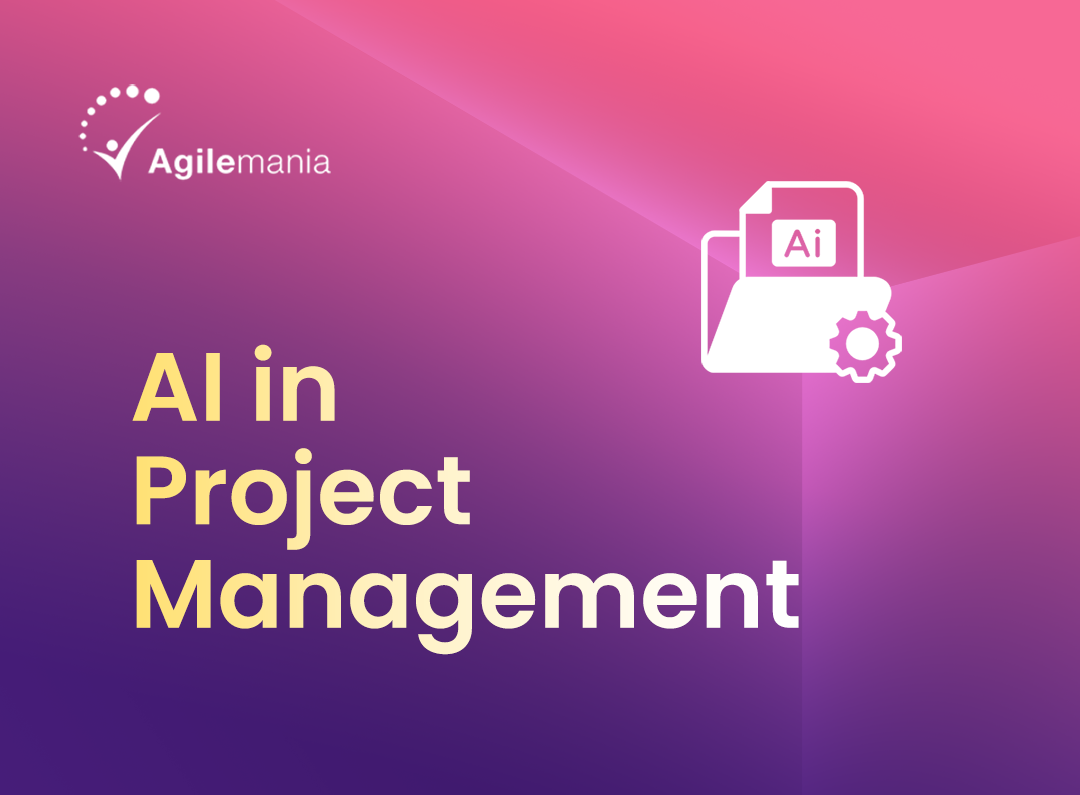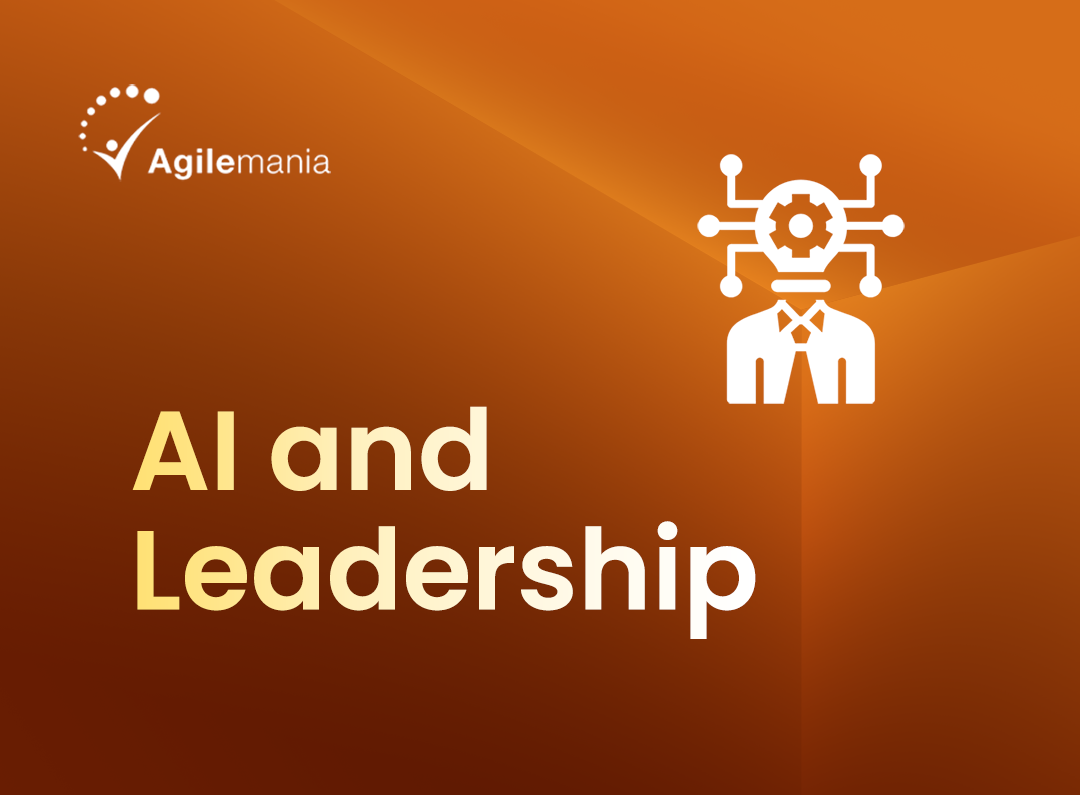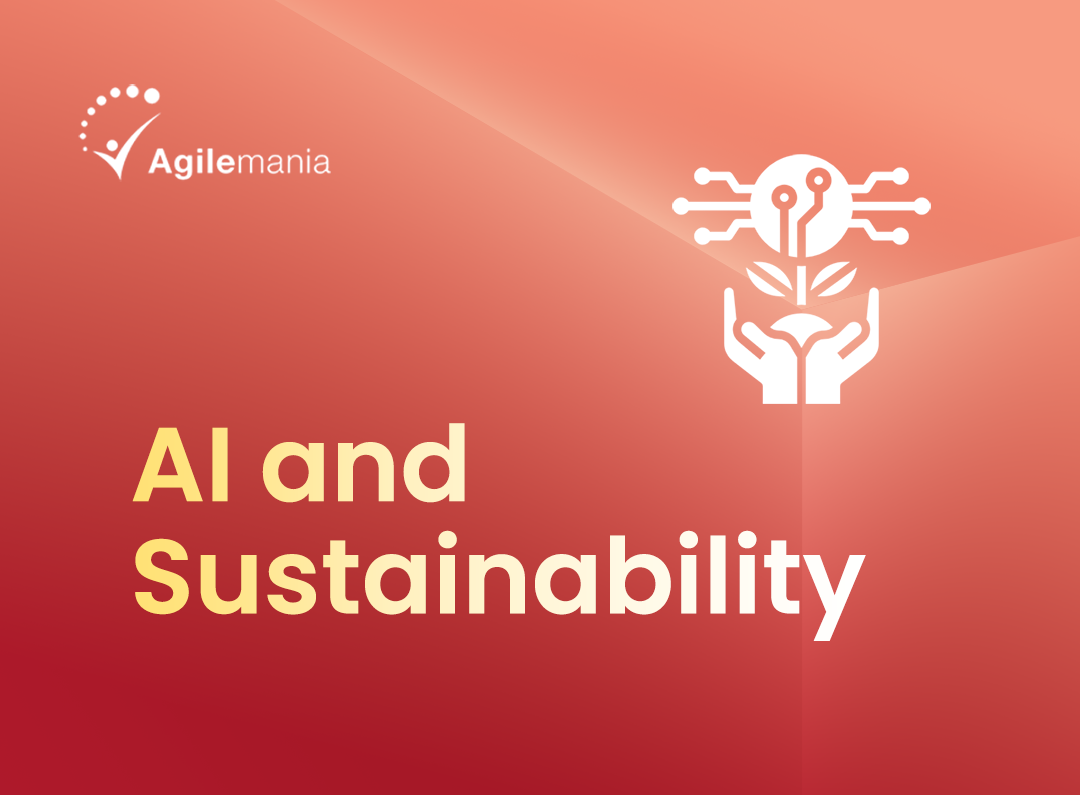Have you ever felt your business processes could have been more efficient, costing you time and money? Or struggled to get everyone on board with how work should flow?
That's where business process modeling comes in.
Business process modeling is a powerful approach that allows organizations to gain a clear, visual understanding of how their operations work from start to finish.
It enables teams to map out each step, decision point, and responsibility in a process, revealing inefficiencies, bottlenecks, and opportunities for improvement.
By creating these visual models, businesses can streamline workflows, align stakeholders, and make informed decisions that lead to better outcomes.
In an increasingly competitive market, the ability to optimize processes can be the difference between staying ahead and falling behind.
Looking to advance your career in Business Analysis? These credentials will help you develop important skills and open new opportunities. Start your journey toward certification today!
Enroll Now!What is Business Process Modeling?
An organization must thoroughly and objectively understand these processes to achieve strong returns on research and development investments, minimize IT downtime, or develop an accurate lead qualification workflow.
Even those directly involved in the processes may not have full visibility into every step.
Process modeling offers business analysts and stakeholders an end-to-end view of their business process lifecycle.
This business process management (BPM) technique creates data-driven visual representations of workflows, enabling organizations to document processes, identify critical metrics, uncover potential issues, and intelligently automate their operations.
What is Process Modeling?
A process model visually depicts a business process or workflow and its associated sub-processes. Process modeling creates detailed activity diagrams and flowcharts, providing valuable insights into how a specific process operates. These models typically include:
-
Events and actions that take place within a workflow.
-
The individuals or roles are responsible for initiating those events and actions.
-
Depending on the outcomes, decision points, and the various paths a workflow might follow.
-
The devices and systems involved in the process.
-
Timelines for the overall process and each step.
-
Success and failure rates for the process.

Boost your skills with our Business Analysis Fundamentals Training at Agilemania. Learn core techniques, tools, and Agile practices to excel in your business analysis role.
Enroll Now!What are the Key Aspects of Process Modeling?
-
Data-Driven: Process models are generated using data mining algorithms that analyze event logs to accurately represent existing workflows. These models are constructed based on accurate data, ensuring that they reflect the true nature of the processes as they occur.
-
Objective Analysis: Because they are grounded in quantitative data, process models provide an unbiased view of workflows. They include key metrics, events, and data points that enable a more in-depth analysis of the processes. For instance, a software company might use a process model to map out its new account creation process, revealing that many customers abandon the sign-up due to delays. The model can even identify the exact stage where these drop-offs happen.
-
Standardized Notation: Process models typically adhere to one of two standardized graphical notations: Business Process Modeling Notation (BPMN) or Unified Modeling Language (UML). These notations use universally recognized symbols within the diagrams, allowing anyone to easily understand and share the models. In these diagrams:
-
Arrows indicate the sequence of steps.
-
Diamonds signify decision points or gateways.
-
Ovals mark the start and end of processes.
-
Rectangles represent specific activities within a workflow.
-
Swimlanes denote the ownership of different components in a process.
Conclusion
Business process modeling is invaluable for any organization looking to optimize its operations and drive efficiency.
By leveraging data-driven models, companies can understand their workflows objectively, uncover hidden inefficiencies, and make informed decisions that lead to meaningful improvements.
Standardized notations like BPMN and UML further enhance the utility of these models, ensuring clarity and ease of communication across teams.
As businesses continue to face increasing pressure to deliver better results faster, those that master process modeling will be better equipped to innovate, adapt, and stay ahead of the competition.
Embracing this technique enhances transparency and accountability and lays the foundation for sustainable growth and success.
Looking to advance your career in Business Analysis?
Business Analysis credentials will help you develop important skills and open new opportunities. Start your journey toward certification today!
Enroll Now!































































































